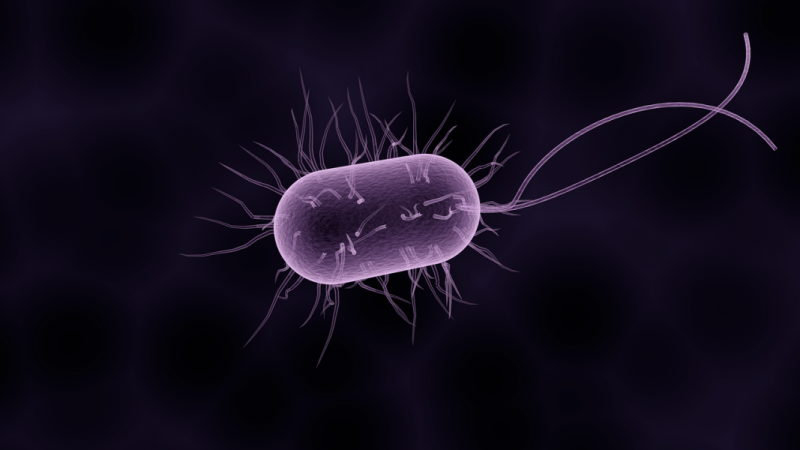An overview of cyanobacteria, the aquarist’s nightmare
Cyanobacteria, invasive and harmful bacteria
Red plague, blue algae, cyanobacteria, today we are talking about this species so hated by aquarists.
What is a cyanobacteria?
Already present about 2.5 billion years ago, cyanobacteria are among those that have made life on earth possible thanks to their production of oxygen.
There are nearly 2000 different species divided into 150 genera. These algae can live just about everywhere, in fresh water, seawater and on land. They are a photosynthetic species, creating energy in the form of carbohydrates from the sun’s energy.
Not having a cell nucleus, these algae are actually bacteria, they have the capacity to fix atmospheric nitrogen, which is impossible for plants and algae, this capacity allows the cyanobacterium to adapt to any environment, even very poor. Their only means of reproduction is bipartition, i.e. they separate into two parts, identical to the original, which will continue to exist independently.
Why are cyanobacteria so feared?
When these bacteria grow and proliferate in an environment, they release cyanotoxins that can be dangerous for animals and deadly when they settle on corals. They suffocate the aquarium ecosystem.
How do cyanobacteria occur?
Cyanobacteria feed on nitrogen and often appear when aquarium water is rich in dissolved organic compounds, especially nitrogen compounds. It is difficult to anticipate their appearance because even with “clean” aquarium water, free of nitrates and phosphates, cyanobacteria can develop by feeding on organic phosphates.
How to make cyanobacteria disappear?
Ah! Good question! It is not insignificant that this very complex species is so feared by the aquarium community, it is not easy to eliminate them definitively.
We do not recommend chemical products because they do not kill cyanobacteria at the root and they can therefore reappear. Antibiotics should be used as a last resort because these products do not differentiate between good and bad bacteria, which can turn mature aquariums into new aquariums.
Some people have had good results with the black-out technique (plunging the aquarium into complete darkness for at least 4 days), but some species can go into “dormancy” and survive in total darkness for periods exceeding several weeks.
There are natural solutions such as adding herbivorous fish or snails that will help limit the growth of bacteria.
We can recommend the use of fresh, live bacteria that will compete territorially with the cyanobacteria.
Unfortunately there are no miracle solutions, our advice is to search as precisely as possible the source of pollution in your aquarium, so that you can act on the cause of the problem, instead of only suppressing its symptoms.

